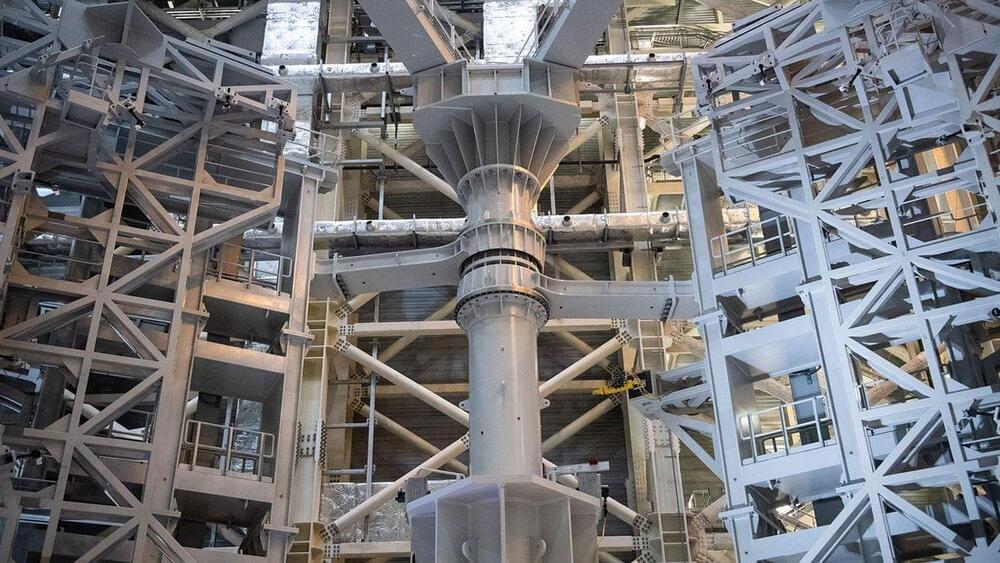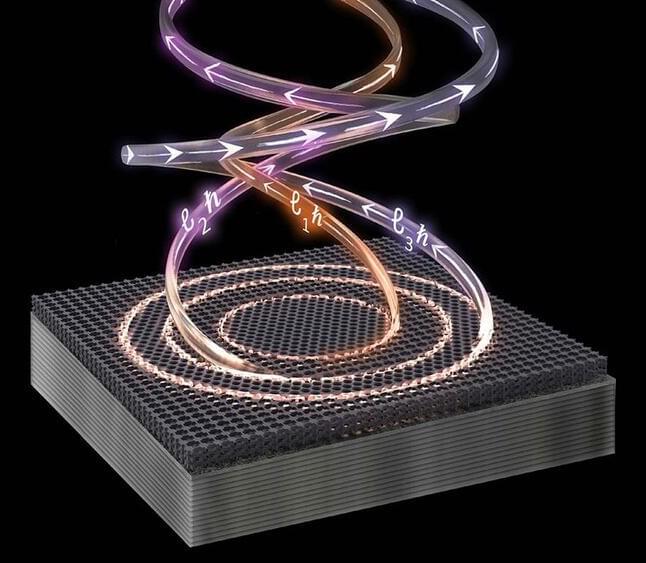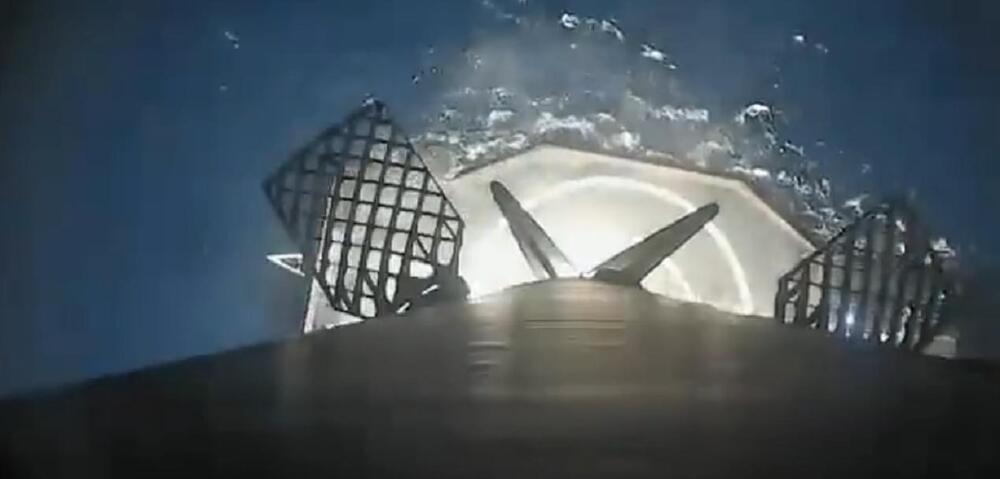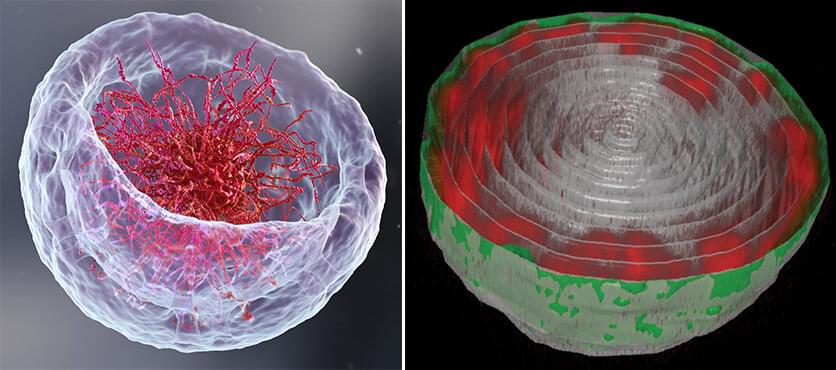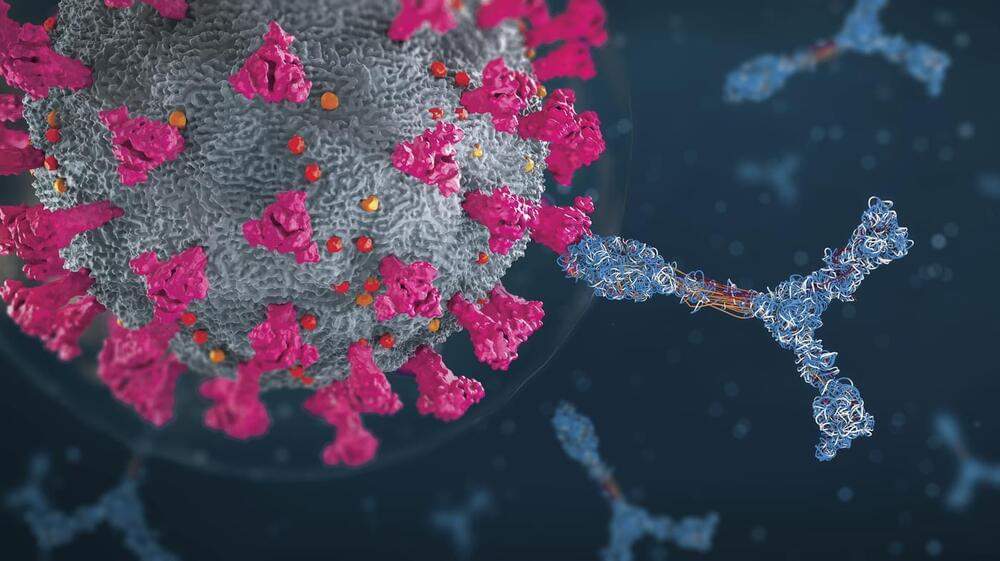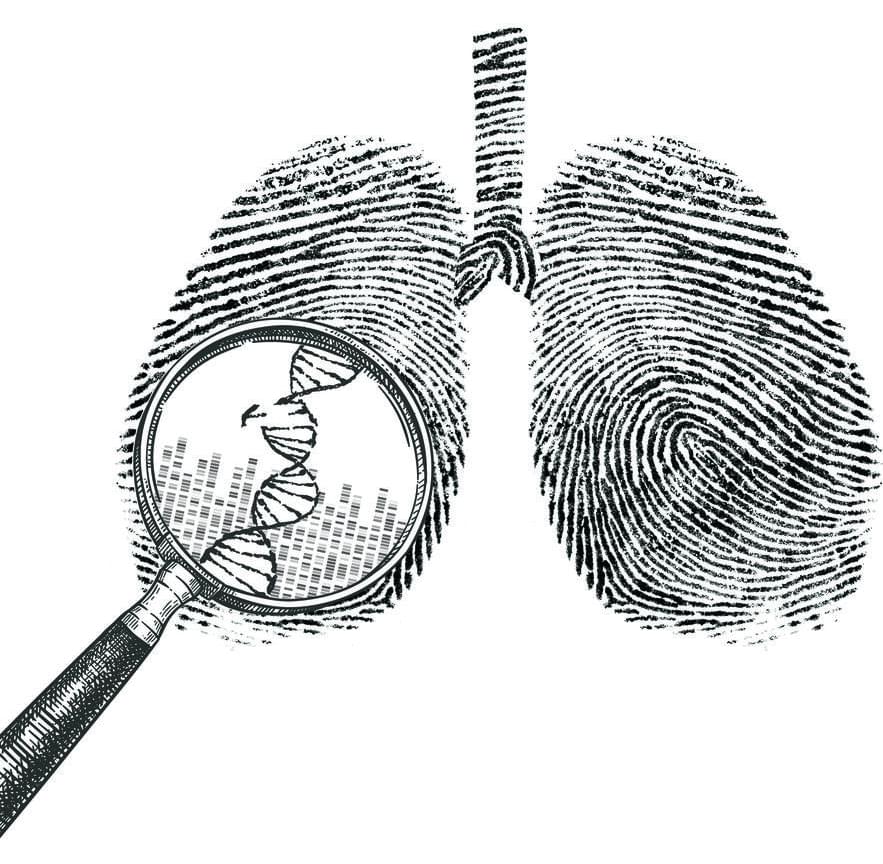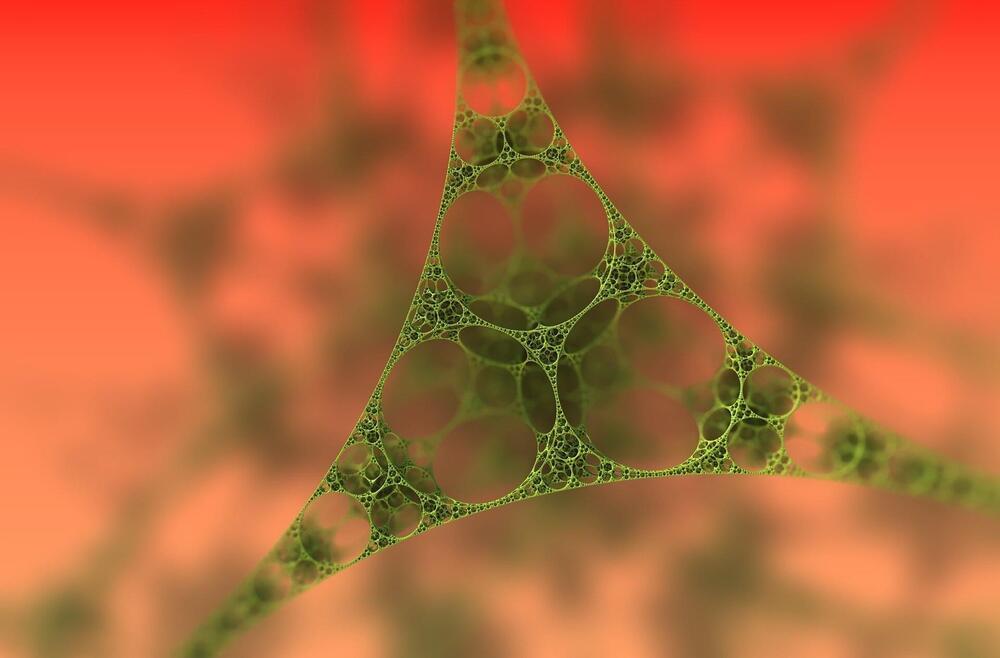Fusion reactors will use abundant sources of fuel, will not leak radiation above normal background levels, and will produce less radioactive waste than current fission reactors. Learn about this promising power source.
Page 6219
Sep 7, 2021
Optical Antennas Promise ‘Unlimited’ Data Capacity
Posted by Quinn Sena in categories: computing, physics
Researchers at the University of California, Berkeley have outlined details of an optical antenna they claim could provide almost limitless bandwidth.
They suggest the key to the breakthrough is a method of being able to take full advantage of the orbital angular momentum (OAM) properties of a coherent light source, thus enabling multiplexing, or simultaneous transmission.
According to Boubacar Kante, the principal investigator of the Berkeley project “it is the first time that lasers producing twisted light have been directly multiplexed.” He is an associate professor in the university’s Electronic Engineering and Computer Sciences Department, and the initial results of the work have just been published in Nature Physics.
Sep 7, 2021
NASA’s Perseverance Rover Successfully Cores Its First Rock
Posted by Alberto Lao in category: space
Perseverance will obtain additional imagery of the sample tube before potentially completing the process of collecting its first scientifically-selected Mars sample.
Mars feature.
Sep 7, 2021
Video shows SpaceX’s once ‘ridiculous’ rocket landing in the dark
Posted by Genevieve Klien in category: space travel
SpaceX has posted a new video that shows off what was once considered as a ‘ridiculous’ rocket landing in clouded darkness.
Sep 7, 2021
Only ‘natural persons’ can be recognized as patent inventors, not AI systems, US judge rules
Posted by Kelvin Dafiaghor in category: robotics/AI
Chris Smedley, please tell us your thoughts on this judgment?
This isn’t over says man pushing for neural networks’ rights.
Sep 7, 2021
Novel imaging method reveals a surprising arrangement of DNA in the cell’s nucleus
Posted by Jason Blain in categories: biotech/medical, chemistry, genetics
The groups also explained why in previous studies by other scientists, the chromatin appeared to fill the cell nuclei. “When scientists plate cells on a glass slide in order to study them under a microscope, they change their volume and physically flatten them. This may perturb some of the forces governing chromatin arrangement and reduce the distance between the upper part of the nucleus to its base,” Safran explains.
If you open a biology textbook and run through the images depicting how DNA is organized in the cell’s nucleus, chances are you’ll start feeling hungry; the chains of DNA would seem like a bowl of ramen: long strings floating in liquid. However, according to two new studies—one experimental and the other theoretical—that are the outcome of the collaboration between the groups of Prof. Talila Volk of the Molecular Genetics Department and Prof. Sam Safran of the Chemical and Biological Physics Department at the Weizmann Institute of Science, this image should be reconsidered. Clarifying it is essential since DNA’s spatial arrangement in the nucleus can affect the expression of genes contained within the DNA molecule, and hence the proteins found in the cell.
This story began when Volk was studying how mechanical forces influence cell nuclei in the muscle and found evidence that muscle contractions had an immediate effect on gene expression patterns. “We couldn’t explore this further because existing methods relied on imaging of chemically preserved cells, so they failed to capture what happens in the cell nuclei of an actual working muscle,” she says.
Sep 7, 2021
New Studies Find Evidence Of ‘Superhuman’ Immunity To COVID-19 In Some Individuals
Posted by Jason Blain in categories: bioengineering, biotech/medical
In fact, these antibodies could even fight off a virus engineered, on purpose, to be highly resistant to neutralization. This virus contained 20 mutations that are known to prevent SARS-CoV-2 antibodies from binding to it. Antibodies from people who were only vaccinated or only had prior COVID infections were essentially useless against this mutant virus. But antibodies in people with the “hybrid immunity” could neutralize it.
That’s how one scientist describes the findings of a series of studies looking at the antibodies created by individuals who were infected by the virus and then had an mRNA vaccine.
Sep 7, 2021
NIH study illuminates origins of lung cancer in never smokers
Posted by Jason Blain in categories: biotech/medical, genetics, health
A genomic analysis of lung cancer in people with no history of smoking has found that a majority of these tumors arise from the accumulation of mutations caused by natural processes in the body. This study was conducted by an international team led by researchers at the National Cancer Institute (NCI), part of the National Institutes of Health (NIH), and describes for the first time three molecular subtypes of lung cancer in people who have never smoked.
These insights will help unlock the mystery of how lung cancer arises in people who have no history of smoking and may guide the development of more precise clinical treatments. The findings were published September 6 2021, in Nature Genetics.
“What we’re seeing is that there are different subtypes of lung cancer in never smokers that have distinct molecular characteristics and evolutionary processes,” said epidemiologist Maria Teresa Landi, M.D., Ph.D., of the Integrative Tumor Epidemiology Branch in NCI’s Division of Cancer Epidemiology and Genetics, who led the study, which was done in collaboration with researchers at the National Institute of Environmental Health Sciences, another part of NIH, and other institutions. “In the future we may be able to have different treatments based on these subtypes.”
Sep 7, 2021
These fridge-free COVID-19 vaccines are grown in plants and bacteria
Posted by Omuterema Akhahenda in categories: bioengineering, biotech/medical, nanotechnology
Nanoengineers at the University of California San Diego have developed COVID-19 vaccine candidates that can take the heat. Their key ingredients? Viruses from plants or bacteria.
The new fridge-free COVID-19 vaccines are still in the early stage of development. In mice, the vaccine candidates triggered high production of neutralizing antibodies against SARS-CoV-2, the virus that causes COVID-19. If they prove to be safe and effective in people, the vaccines could be a big game changer for global distribution efforts, including those in rural areas or resource-poor communities.
“What’s exciting about our vaccine technology is that is thermally stable, so it could easily reach places where setting up ultra-low temperature freezers, or having trucks drive around with these freezers, is not going to be possible,” said Nicole Steinmetz, a professor of nanoengineering and the director of the Center for Nano-ImmunoEngineering at the UC San Diego Jacobs School of Engineering.
A series of four 3D-printed homes have just been completed in East Austin, offering buyers an alternative in one of the country’s hottest real estate markets.
